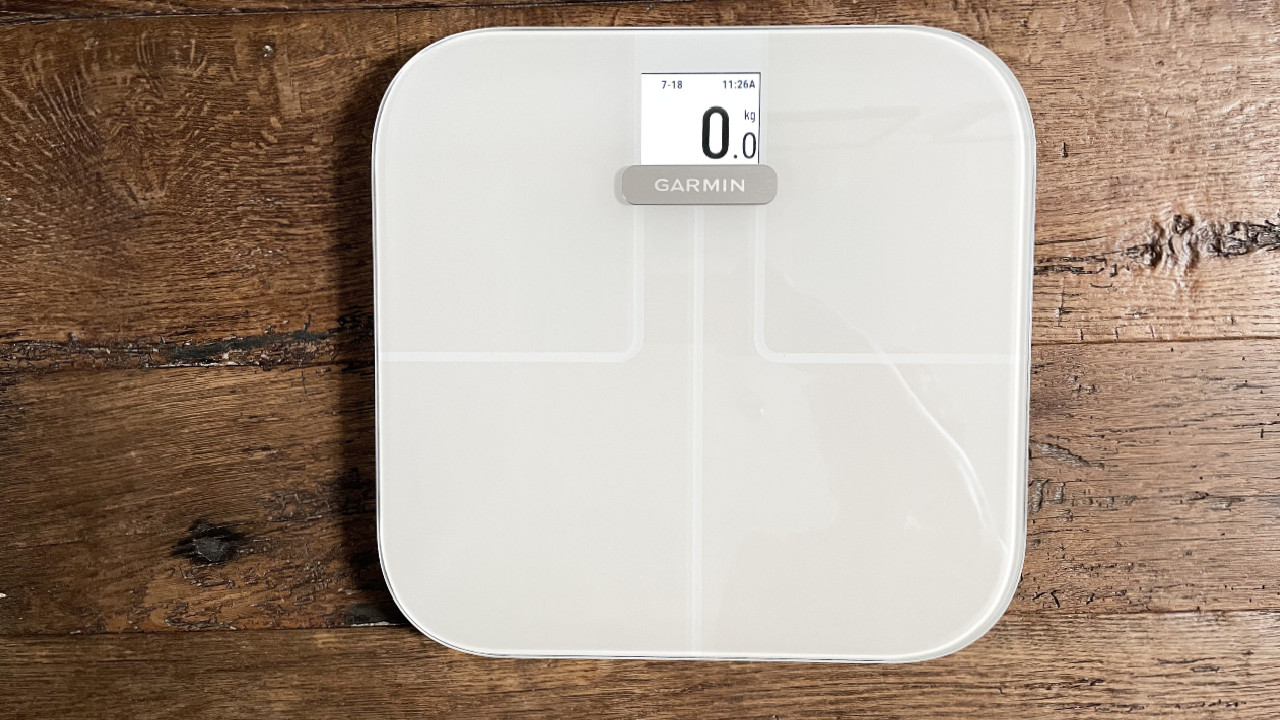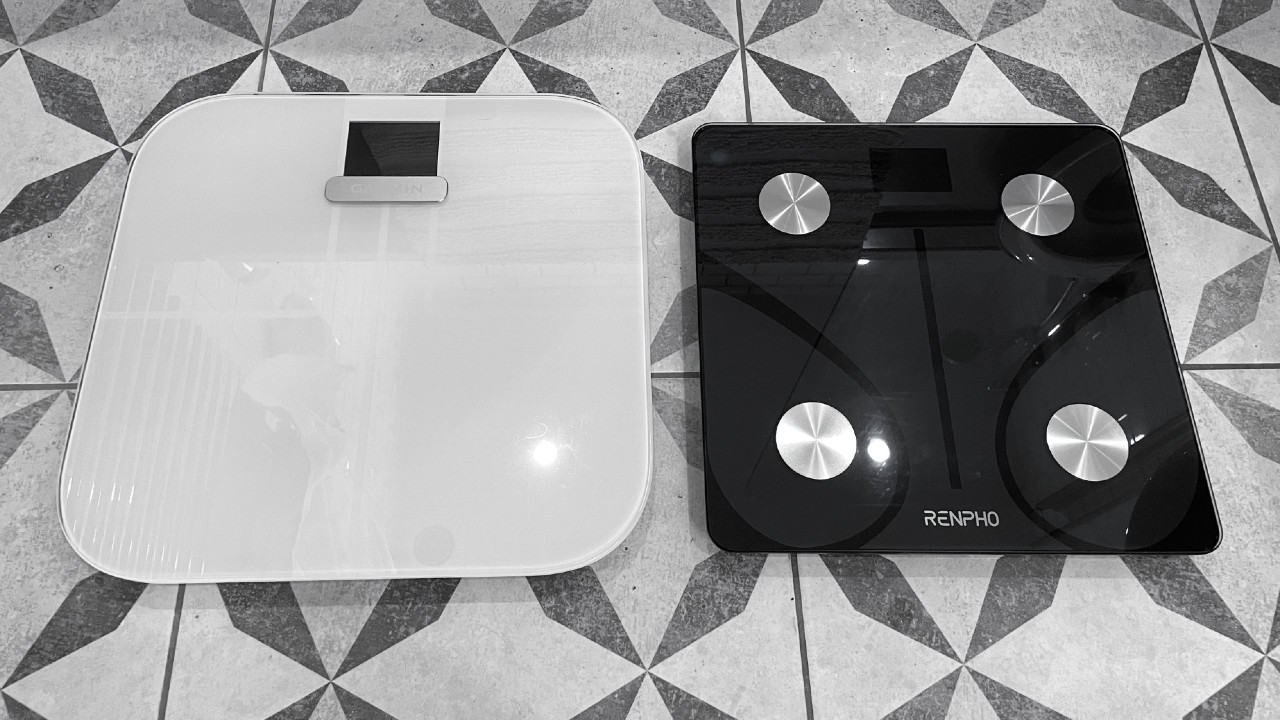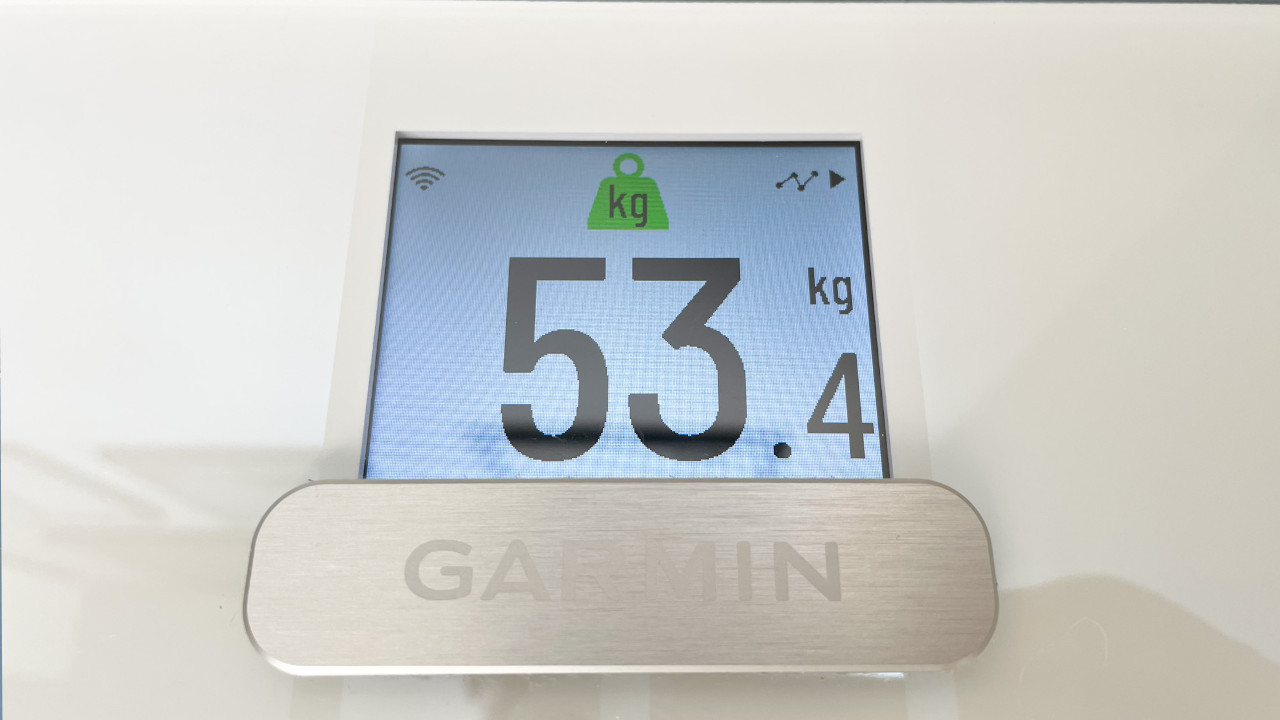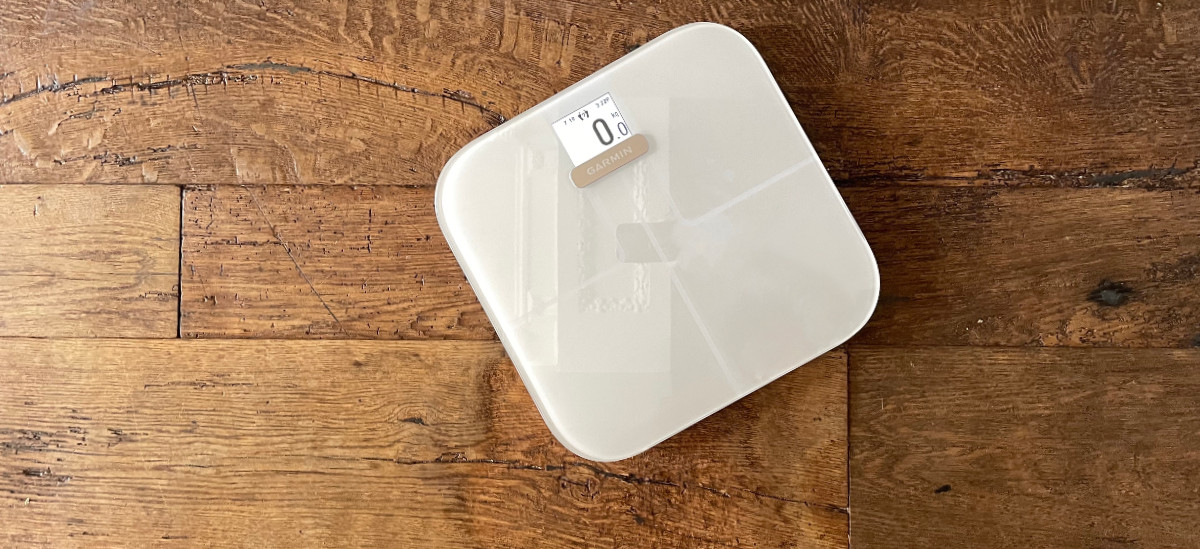Our Verdict
This is a smart-looking and convenient health tracking tool for Garmin users, but it falls short on explaining the data it collects and struggles to justify its price.
For
- Measures body composition stats and BMI
- Complements information collected from Garmin’s wearables
- Recognises up to 16 users
- Customisable display
- Automatically updates the app over WiFi
Against
- Expensive
- Falls short on data analysis
You can trust Coach
Smart scales measure your weight and other body composition stats, such as body fat, muscle and water percentage, and digitise that information to make it easier to track trends. If you own a Garmin wearable to track exercise, the Garmin Index S2 Smart Scale offers a convenient way to slot six metrics into an app you already use. While you can use the Myfitnesspal app as a bridge to import weight and body fat percentage stats from select smart scales (many of which are cheaper), buying Garmin’s model avoids having your exercise information living in one app and your weight stats in another.
But is this extra convenience worth it? And how does Garmin’s effort compare with the best smart scales? We got our hands on the Garmin Index S2 Smart Scale to find out.

Garmin Index S2 Smart Scale: Price And Availability
The Garmin Index S2 costs $149.99 in the US and £129.99 in the UK. It was released in October 2020, replacing the original and no-longer-available Index, and is widely available from Garmin as well as third-party retailers.
Garmin’s scale is at the more expensive end of the market, and similarly-priced competitors include the Withings Body Cardio and QardioBase 2. There are plenty of cheaper models available for around $50/£30.
Setting Up And Connecting
The Garmin Index S2 is an unobtrusive square of tempered glass with rounded corners. Compared with the Renpho Body Fat scale, the Garmin is bigger, accommodating large feet more easily, and heavier. The Index 2’s sensors are hidden within the glass, which makes for a cleaner aesthetic. It comes in black or white options.

It’s easy to hook it up to your Wi-Fi and pair it with the Garmin app. There’s a choice of feet suitable for either hard floors or carpet, and the scale runs on four AAA batteries – there’s no USB recharging option. Up to 16 profiles can be created, although each user must have the Garmin app on their phone.
The scale often required several nudges to wake it up, but a weigh-in is a simple enough process. Step on the scale itself and the pleasingly sharp colour display first displays your weight and then identifies the user, displaying their profile name, before cycling through other body composition stats denoted by small icons.
You can change what’s displayed on the scale by tinkering with the app, but by default it shows your weight, a weight trend graph, your BMI, body fat percentage, muscle percentage and water percentage, followed – somewhat bizarrely – by the weather.

Using The App
Conveniently, there’s no need to have the app open to record your data as on some other smart scales. Next time you open the app the data appears neatly slotted in with your sleep and activity tracking.
The six stats shown in the app are weight, BMI, body fat percentage, skeletal muscle mass, bone mass, and body water percentage. There are graphs for each so you can see fluctuations over over a week, month or year.
With just six readings, the scale falls short of the data offered by many others (although arguably some offer too many). For example, there’s no reading for visceral fat (the dangerous fat around your organs) as on the Renpho Body Fat scale, and there’s no heart health info like the Withings Body Fat scale offers (although a Coach staffer struggled to get any useful heart-related info from a review model).
There’s not much explanation either. It doesn’t give you any indication of what’s a healthy range, nor does it show how your readings compare with the average for your age group.
Is The Garmin Index 2 Worth It?
Garmin has delivered a sleek-looking scale featuring a crisp display. Anyone who owns a Garmin wearable will benefit from the easy integration into the existing app. However, at this price, I was expecting more data analysis and context in the app.
Anyone who doesn’t already use a Garmin device will find better value elsewhere, such as the Renpho Smart Body Fat Scale, $34.99/£29.99 (or the Wi-Fi connected version, $65.99/£36.99), both of which offer more data presented clearly in a well-designed app. For a similar price, the slick Withings Body Cardio scale supports its data with an impressive app.

Camilla Artault is a writer and keen runner. She has covered women’s running gear – testing leggings, jackets, running bras, tops and shorts – for Coach since 2018, as well as interviewing experts and writing about a range of health and lifestyle topics.

